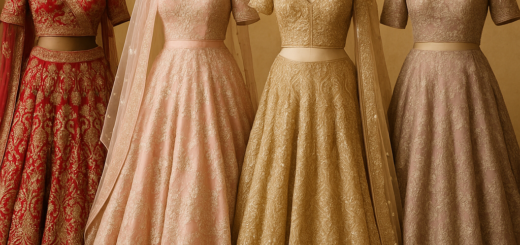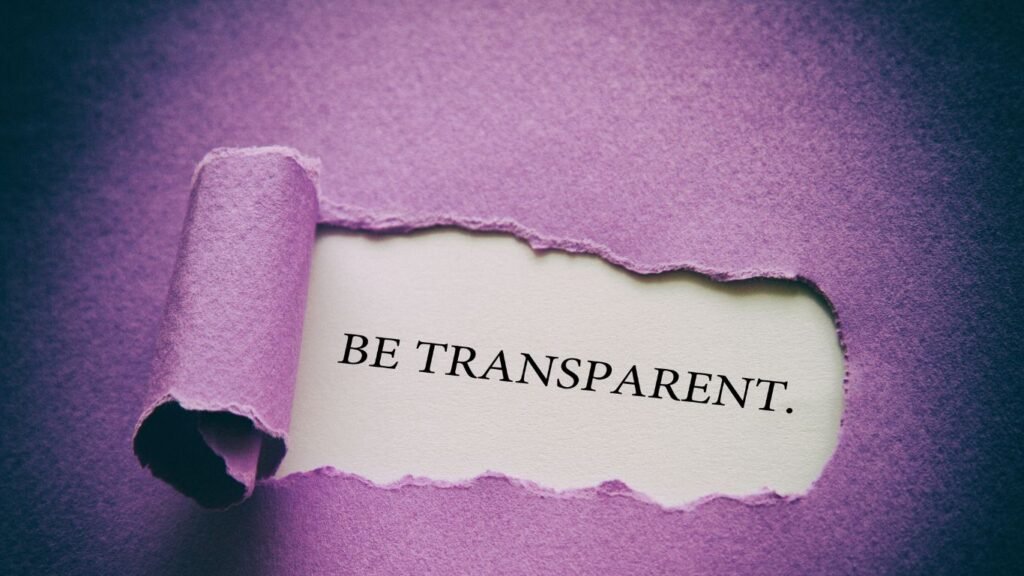Zara vs H&M: Which Brand Offers Better Quality in 2025?

The rivalry between Zara and H&M continues to shape the global fast fashion industry in 2025. Both brands dominate shopping streets and online carts, targeting trend-conscious consumers with affordable style options. Yet, when it comes to quality—material durability, garment construction, fit, and long-term value—shoppers often ask a crucial question: Which brand delivers better quality?
To answer this, the comparison explores both brands in depth, focusing on clothing construction, material sourcing, sustainability efforts, sizing consistency, and customer satisfaction.
Brand Overviews: A Quick Context
Zara, founded in Spain and owned by Inditext Group, maintains a strong fashion-forward identity. The brand emphasizes rapid runway-to-retail timelines, releasing new collections multiple times a month. Zara prioritizes sleek aesthetics, neutral tones, and modern tailoring.
H&M, headquartered in Sweden, caters to a broader demographic. With more affordable price points, the brand releases seasonal collections with diverse style options, including basics, trend pieces, and collaborations with high-fashion designers.
Both brands operate worldwide, with thousands of physical stores and strong e-commerce platforms.
Material Quality: Fabric Choices and Feel
Zara often uses higher-grade materials compared to H&M. In 2025, Zara expanded its use of premium fabrics such as Tencel, lyocell, and wool blends. Many of its structured jackets and coats now feature a cotton-wool blend, while summer collections integrate breathable and soft linens.
Shoppers noted that Zara’s materials feel more substantial. T-shirts and knitwear retain shape after multiple washes. The brand invests in better fabric blends for trousers, including elastane and viscose, which improve comfort and wearability.
H&M focuses more on mass-scale production. While the brand uses organic cotton, recycled polyester, and viscose blends in its Conscious collection, many of its regular lines rely heavily on cheaper polyesters and low-gauge cotton. Items like lightweight tops and dresses may feel thinner, and frequent washes often lead to fading and shrinkage.
In blind fabric tests conducted by fashion reviewers in 2025, Zara’s materials scored higher on thickness, texture, and durability.
Stitching and Construction
Zara maintains tighter quality control in garment construction. Tailored pieces such as blazers, trousers, and outerwear show clean seams, reinforced hems, and double stitching. Even in casual collections, Zara’s shirts and dresses often include lining, structure, and thoughtful tailoring details.
H&M, while improving in recent years, still struggles with consistent construction quality. Garments in the under-₹1,500 range often lack proper reinforcement. In particular, H&M’s t-shirts, basic trousers, and blouses show single-stitched seams and lower-density fabrics that fray over time. However, its higher-priced lines—particularly H&M Premium Quality and Studio Collections—have closed the gap, offering better stitching and structural integrity.
Reviewers consistently report that Zara’s clothing holds up better in high-friction areas like collars, cuffs, and waistbands.
Fit and Sizing Consistency
Zara offers a more fashion-conscious, European fit. Tailored silhouettes, narrower cuts, and fitted shapes dominate its collections. While this appeals to a specific customer base, it creates challenges for shoppers who prefer relaxed fits. Zara’s sizing sometimes runs smaller than average, particularly in pants and dresses.
Despite these challenges, Zara delivers consistency across seasons. Shoppers find that a size M in one collection closely matches size M in the next, which reduces the need for returns.
H&M provides a broader fit range and caters better to different body types. The brand introduced extended sizing across most categories in 2024, with curves, petite, and maternity fits becoming more available in 2025. However, inconsistencies still appear within the same size labels. A size L in one shirt may differ significantly from a size L in another collection.
In try-on tests across five categories—denim, formal pants, blouses, jackets, and casual dresses—Zara outperformed H&M in construction consistency, while H&M led in inclusive sizing.
Style Longevity and Timelessness
Zara leans heavily into runway-inspired pieces. The designs often feature asymmetric hems, bold cuts, statement collars, and on-trend silhouettes. This strategy appeals to fashion-forward shoppers, but it reduces long-term wearability. However, Zara’s basics and outerwear collections—especially trench coats, oversized blazers, and classic boots—offer timeless appeal with durable quality.
H&M, by contrast, offers more everyday basics. The brand’s strength lies in casual wear, including joggers, crew neck sweaters, t-shirts, and denim. These pieces blend into capsule wardrobes and suit budget-conscious shoppers looking for versatility over flash.
In terms of timeless quality, Zara wins in formalwear and statement layering, while H&M delivers well in the basics and loungewear department.
Price vs Quality Balance
Zara positions itself at a slightly higher price point. Dresses typically range between ₹3,000 to ₹6,000, while jackets and coats climb above ₹8,000. In return, shoppers receive better construction, richer fabrics, and a more polished look.
H&M caters to budget shoppers. Most products fall within ₹799 to ₹2,999. While affordability remains its strength, the compromise often comes in material and garment lifespan. Consumers frequently replace H&M basics after 10–15 washes, while Zara’s items stay wearable for longer.
Customers willing to spend slightly more often find Zara a better long-term value, especially for outerwear and formal garments.
Sustainability Practices in 2025
Both Zara and H&M ramped up sustainability initiatives in 2025.
Zara, through parent company Inditex, committed to using 100% sustainable cotton, viscose, and polyester by 2025. The company installed textile recycling bins in most stores and promoted circular fashion through its Join Life label. Zara also launched a resale platform in Europe and India, allowing customers to buy and sell gently-used garments.
H&M pushed its Conscious Collection and garment recycling program further. The brand now includes recycled fibers in over 70% of new garments. H&M also implemented AI tools to optimize inventory and reduce overproduction. Moreover, it expanded its rental clothing services in metro cities to reduce fashion waste.
However, critics argue that both brands continue to overproduce and contribute to landfill waste. Fast fashion models inherently clash with sustainability, despite visible improvements. Nevertheless, both Zara and H&M made strides in 2025, with Zara focusing more on quality sourcing and H&M on affordability-based sustainability.
Customer Experience and Returns
Zara modernized its app and in-store pickup system in 2025. The brand improved its virtual try-on feature and streamlined its returns process across India, Europe, and the U.S. Store staff received additional training for style guidance and product knowledge.
H&M focused on user-friendly interfaces, AI-generated outfit suggestions, and loyalty programs. The app now tracks preferences and notifies users of restocks. However, return policies remain tighter than Zara’s in certain regions, and delays in refund processing still frustrate some users.
Overall, Zara offers a smoother post-purchase experience, while H&M scores higher in loyalty rewards and app personalization.
Final Verdict: Which Brand Offers Better Quality in 2025?
In 2025, Zara stands ahead in overall product quality, fabric feel, garment construction, and style execution. Customers seeking fashionable, long-lasting pieces with sophisticated tailoring find better value in Zara, especially in coats, blazers, and formalwear.
H&M, meanwhile, delivers solid performance in basics, affordability, and size inclusivity. Shoppers on a budget or those building casual wardrobes with frequent outfit rotation still find H&M a worthwhile choice.
For shoppers prioritizing quality over price, Zara leads the pack. For consumers valuing affordability and comfort, H&M holds strong ground. The better brand depends on individual needs—but from a quality perspective, Zara secures the top spot in 2025.













